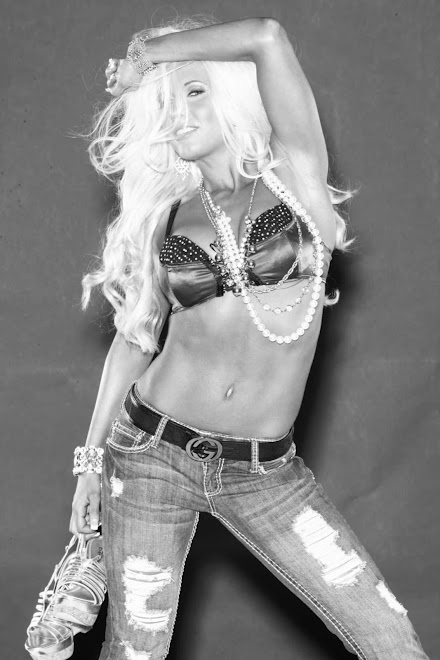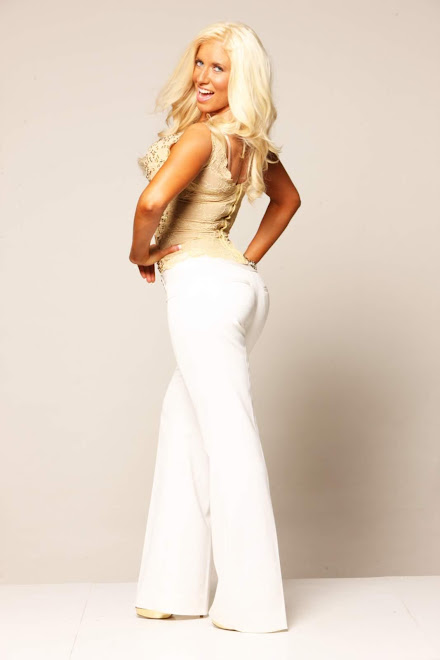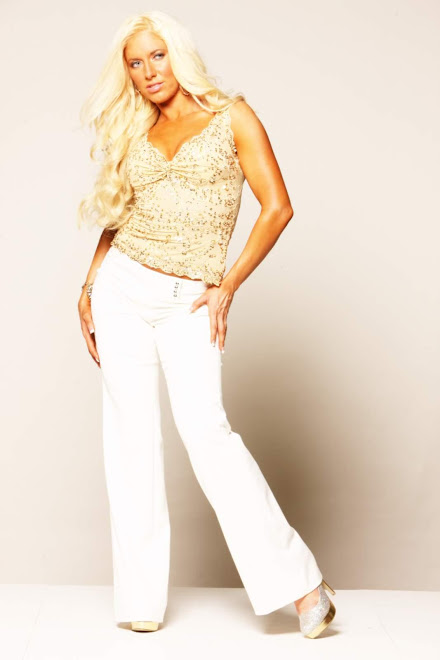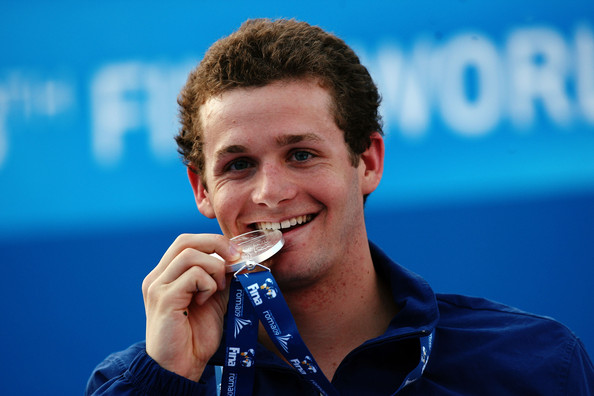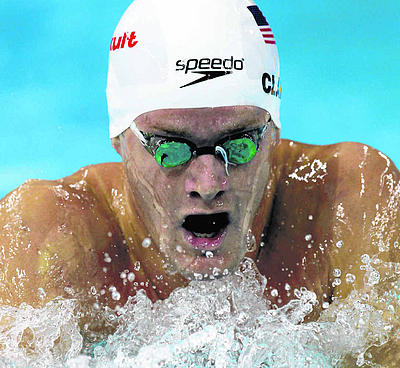Go To My NEWOfficial Website at: www.ShawnReneFit.com
GO TO www.ShawnReneFit.BlogSpot.com
TO SEE MY NEWEST LASTEST NEWS AT MY OFFICIAL BLOG PAGE!
xoxo!
Shawn Rene

With heightened Anticipation & Excitement, The NFL Season has touched down & kicked off this the 2011 Season in August! Many NFL Anaysist have worried about the Conditioning of the NFL players, without their normal intense training schedule of two a days with their team, because of the NFL lockout.
August 9, 2011 was reported on the NFL Network that, with the season just starting, already, Ten NFL players have torn their Achilles tendons. Achilles Tendons being torn are a serious injury, as can leave players out for the rest of the season.
It is critical for the NFL players & any Athlete going into their season to be Specifically Conditioned, Educated in Training Smart in practicing Injury Prevention.
I am Passionate in Sports & NFL, having it instilled in me at a early age, from my Dad & with my all My Years in College, Having My College Advisor/Mentor/Favorite College Professor, working with & being a NFL Cowboys & NFL Miami Dolphins NFL Sports Psycholgogist PhD.
I do not want to see these talented & passionate NFL athletes lose out on their much anticipated 2011 Season due to lack of Proper Preparation Conditioning & Injury Prevention Training Techniques, be forced to be out for the season with the common Achilles Tendons Injury.
As an Exercise Physiologist, Sports Medicine Specialist, Nutrition Specialist, Exercise Science Specialist, I highly Recommend Every NFL Player & Athlete to follow these
Achilles Tendon Injury Preventions:
Staying healthy and being in good shape are the best ways to prevent injuries. General steps to help prevent any type of injury include:
1. Exercise regularly.
If you have not been working out regularly, check with a doctor before starting.
2. If you are not familiar with how to work out properly, read some fitness and workout books before starting, and/or consult with a Exercise Physiologist, Sports Medicine Specialist.
3. Eat a balanced diet, drink plenty of water, and get enough sleep. If you cover these three bases, exercise will strengthen your body. If you don’t, whether you exercise or not, you will wear down.
For example: in addition to teeth and bone issues, insufficient calcium could lead to tight muscles, resulting in excess Achilles tendon strain. The U.S. Institute of Medicine’s Recommended Dietary Allowance (RDA) and Dietary Reference Intake (DRI) is 1,000-1,200 mg of calcium and 700 mg. of phosphorus daily for adults. The right amount and proportion of calcium helps the body in several ways: 99% goes toward strengthening teeth and bones, but some helps with muscle contraction. If a person’s diet provides too little calcium or too much phosphorus, their body siphons calcium out of teeth and bones and stops providing it to the muscles. Cola based soft drinks and some junk foods are high in phosphorous, unduly increasing the body’s need for calcium.
4. Maintain a good weight, neither underweight nor overweight.
5. Avoid smoking and excessive caffeine, alcohol, and drugs.
6. Take care of any foot or leg growths or dislocations. Even a small growth on the foot, or a partial dislocation in the foot or leg, could throw off a person’s stride, which might strain a variety of foot and leg muscles and tendons (including the Achilles tendon). If you have a foot or leg injury, or any type of foot growth, see a doctor and have it treated before it contributes to other injuries..
7. Spend as much of your exercise time as possible on soft, rather than hard, surfaces. Soft surfaces are easier on the muscles, joints, and tendons. Grass courts are better than clay courts. Floors with cushioning or mats are better than hardwood floors. A dirt or grass trail is better than a sidewalk. Unfortunately, most streets are softer than most sidewalks, forcing runners to choose between the risks of being hit by a car versus the risks of running on a harder surface.
As always, keep moderation in mind: softer surfaces are good, but too soft a surface is bad. A surface is too soft if the heel sinks lower than the rest of the foot (i.e. in soft beach sand). If the surface is too soft, the Achilles tendon will be stretched too much.
8. Increase your exercise level in small rather than big increments. Start exercising gradually. Increase the duration and intensity of your workout gradually. Ten percent increases are gradual increases. It is human nature to want to dramatically increase your workout level when you are feeling fit. Resist this urge.
In the case of Achilles tendons: pay particular attention to the need for gradual, rather than sudden increases in the distance, speed, and incline (steepness) of walking, stair climbing and running. For Achilles tendons, gradual increases also apply to the frequency and power of the sudden starts needed in racquet sports and sprints.
9. If you feel like you might be getting sick: reduce your workout level, stop working out in very hot and very cold weather, double check your diet, and get more sleep. When you feel better, do not jump back up to your previous workout level: gradually work your way back up in phases.
10. Listen to your body. Muscles get stronger as a result of the two part exercise/rest cycle: exercise breaks down the muscle, then the day or so of rest following the exercise builds them up to be stronger than before. Exercise makes muscles sore, which is good. This soreness is sometimes referred to as a pump or a burn, it is something that you work through, and it is makes you stronger.
Learn to differentiate this soreness, which is good, from aches, pain, and tightness, which are bad. An ache, pain, or tightness means that something is wrong. Calf muscles can experience the good muscle soreness. Achilles tendons, which are not muscles cannot experience muscle soreness. If something is wrong, especially with the Achilles tendon: identify and address the cause, do not try to work through it.
Achilles Tendon Injury Prevention
Specific steps to minimize the risk of Achilles tendon injury include:
• Wear the right shoes and sports shoes. The way a person walks, runs, and jumps is related to their individual bio-mechanics: their bone, muscle, and tendon structure. Achilles tendon injuries can be caused by common bio-mechanical issues such as high arches, low arches, having legs of slightly different lengths, etc. Bio-mechanical issues can often be addressed by wearing the right shoes.
• Warm up before stretching or exercising. The term “warm up” should be taken literally: exercise muscles a little to heat them up just prior to stretching or exercise. Spend a minimum of ten minutes warming up. Warm up examples include: walking slowly at the beginning of a long or fast walk, slow cross court movements and volleys prior to playing tennis, a brisk walk before jogging, jogging before running, lifting lighter weights before lifting weights, etc. Focus on the leg muscles, with particular attention to the calf muscles.
• Stretch between warming up and exercising, and then again after exercising. Although there is some controversy about the value of stretching, many professionals believe that stretching helps prevent injury and that flexibility is a key component of fitness. Stretch the back, hip, thigh, and calf muscles. Tightness in one can lead to undue strain and tightness on the others.
Pay particular attention to stretching the calf muscles because they are directly connected to the Achilles tendon. Stretching can be done lying down, sitting, or standing, and without any equipment.
However, some stretches are easier to do with an elastic band pull, when leaning against a wall or on an inclined surface. Stretches are usually named after the muscle being stretched, i.e., gastroc (gastrocnemius) stretches and soleus stretches for the calf muscles. Stretch gently and slowly. Hold each stretch for half a minute to a minute.
As part of a stretching program, also consider massage. Lightly massage the calf muscles before exercising and massage the calf muscles and Achilles tendons after exercising. Although there is some controversy as to the benefits of massage, many health professionals believe that massage: reduces muscle and tendon tightness, promotes healing, reduces the time muscles need to recover from exercise, and increases flexibility. Use the fingers to massage the Achilles tendons. Use a rolling pin (or similar commercial device) for the calf muscles. Apply ice therapy after massaging the Achilles tendons.
Flexibility is difficult for many people to achieve: it often takes weeks or months of consistent stretching to achieve greater flexibility. For the best results: read some exercise books, consult with a trainer at your gym, or consult with a physical therapist.
• If you do aerobic and strengthening exercises on the same day, do the aerobic exercises first. In aerobic exercises, such as running or tennis, the leg muscles act as shock absorbers to protect the Achilles tendons, plus they work to keep the body aligned so that the Achilles tendons are not unduly twisted, stretched, or strained. Strengthening exercises, such as weight lifting, are done to the point of muscle exhaustion. If strengthening exercises are done first, then the muscles will be too tired to do a good job protecting the Achilles tendons during the aerobic activity, increasing the chance of injury.
• Strengthen the leg muscles, particularly the calf muscles. Many people with Achilles injuries have disproportionately weak calf muscles. Leg exercises can be done without any equipment, with an elastic band pull, with free weights, or with exercise machines. Good leg strengthening exercises include: lunges, hip flexion band pulls, half (chair) squats, clean and press, leg press, inner and outer thigh band pulls, leg raises, leg extensions, and leg curls.
Of particular benefit to the calf muscles, and therefore to the Achilles tendons, are calf raises and ankle band pulls. In order to help the Achilles tendon, focus on strengthening the eccentric (calf lowering) rather than concentric (calf raising) motion.
The anterior tibialis is the opposing muscle group to the calf muscles, so strengthening the anterior tibialis helps to stretch the calf muscles. The anterior tibialis is the small muscle group on the front of the lower leg: just to the right of the right leg’s shin bone and just to the left of the left leg’s shin bone. Its primary function is to flex the foot upward.
All of these exercises can be done in a variety of ways. For example, calf raises can be done with one or two legs using: standing or sitting calf raise machines, various leg press machines, a stool, a block of wood, a stairway, or on a curb.
If the exercises are done consistently and properly, muscle strength will improve in as little as two weeks. Proceed consistently and gradually. For the best results: read some exercise books, consult with a trainer at your gym, or consult with a physical therapist.
• Test for injuries after working out. Using the thumb and forefinger, lightly pinch different spots up and down the Achilles tendons. If the Achilles tendons are not sore, great. If they are sore, this may be an indication of Achilles tendinosis, which should be addressed right away.


GO TO www.ShawnReneFit.BlogSpot.com
TO SEE MY NEWEST & LASTEST NEWS AT MY OFFICIAL BLOG PAGE!
xoxo!
Shawn Rene


